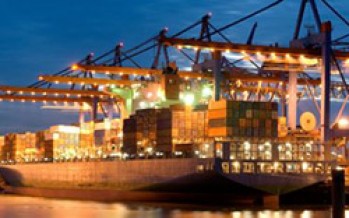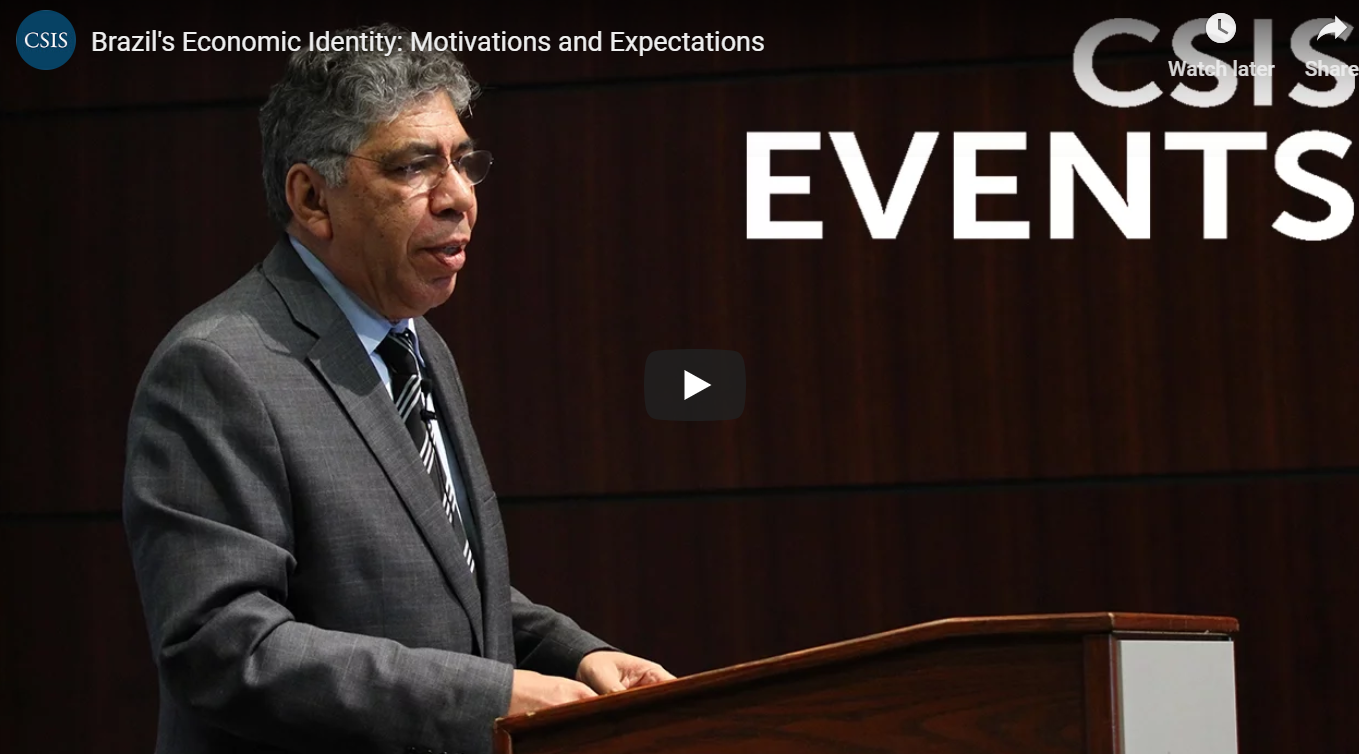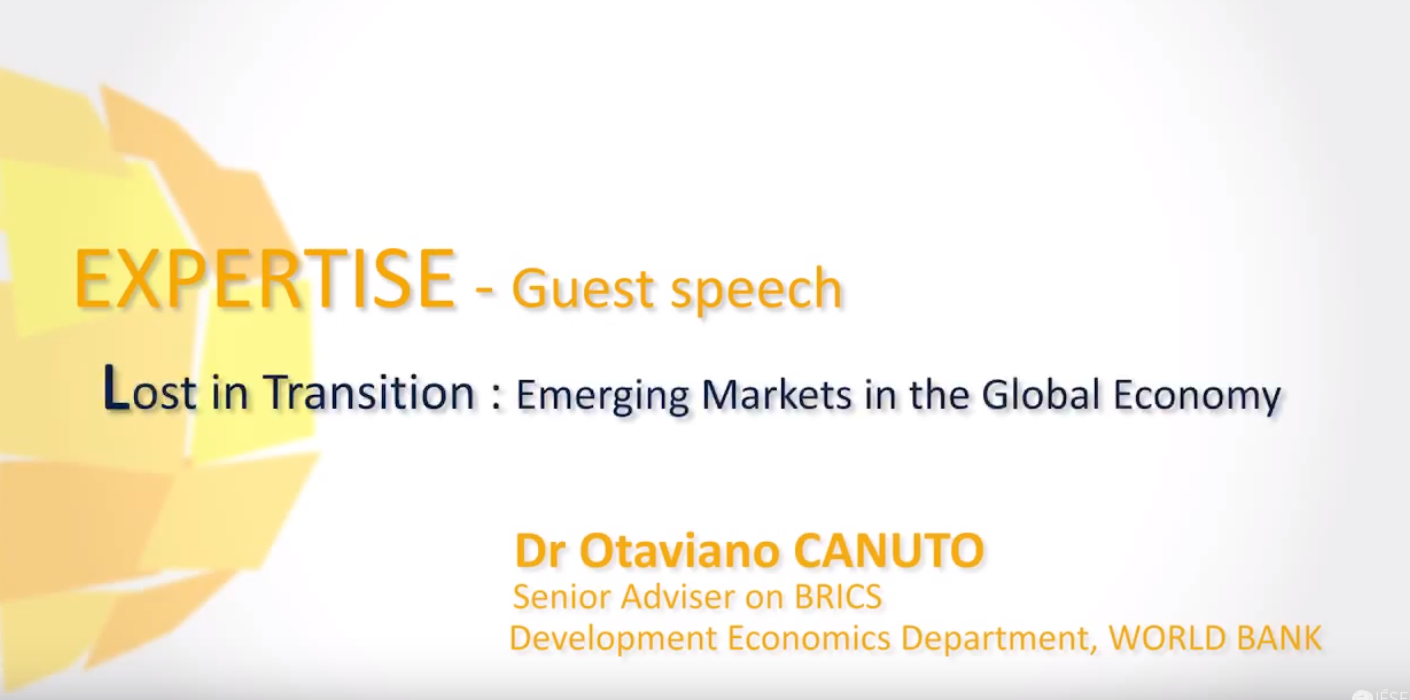O Brasil tem um longo caminho pela frente. Para começar, os investimentos anêmicos em infraestrutura tradicional desde os anos 80 tornaram-se um forte freio à PTF, contribuindo para o desperdício e ineficiência dos atuais sistemas de produção. Isso poderia ser resolvido com um ajuste fino da divisão de trabalho, entre os setores público e privado, nos investimentos e na administração da infraestrutura, com a meta de arregimentar mais capitais privados.
Certamente, o Brasil também deveria resolver a questão do valor agregado que afeta todas as economias de renda média, o que implica a necessidade de melhorar o cenário operacional do setor privado. Da forma como está, aspectos fundamentais desse cenário - como as complicadas exigências burocráticas e o excesso de horas de trabalho necessárias para pagar impostos - tornam o custo de se fazer negócios no Brasil incompatível com cadeias de produção complexas, além de corroer a produtividade, por desperdiçar recursos materiais e humanos.
Por fim, para ajudar a melhorar a prestação de serviços, o Brasil deveria lançar uma revisão ampla dos gastos públicos. Os gastos públicos que vão além daqueles necessários para as funções básicas do governo comprometem uma parte importante do PIB do Brasil. Cortar os gastos que não são voltados à eliminação da exclusão e das armadilhas ao crescimento da infraestrutura permitiria ao governo elevar os investimentos nas áreas mais necessárias ou reduzir encargos tributários do setor privado.













